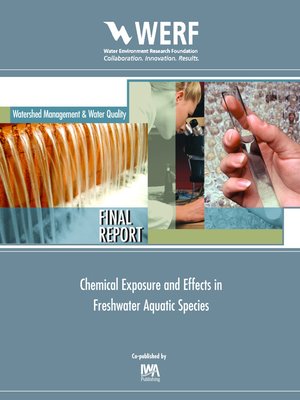Chemical Exposure and Effects in Freshwater Aquatic Species
ebook ∣ Captive and field exposures to polycyclic aromatic hydrocarbons and contaminated aquatic sediment (WERF Report 01-ECO-11UR) · WERF Research Report
By G. D. Haffner

Sign up to save your library
With an OverDrive account, you can save your favorite libraries for at-a-glance information about availability. Find out more about OverDrive accounts.
Find this title in Libby, the library reading app by OverDrive.



Search for a digital library with this title
Title found at these libraries:
| Library Name | Distance |
|---|---|
| Loading... |
The present research integrated these two approaches by comprehensively calibrating the brown bullhead (Ameiurus nebulosus) as an appropriate bioindicator of toxicological stress in aquatic ecosystems. This was achieved by integrating quantitative biomonitoring techniques with a novel, sensitive assay for genotoxicity of polynuclear aromatic hydrocarbons (PAHs). Bullheads were exposed to Detroit River bottom sediment and environmentally-relevant levels of a major genotoxic PAH, benzo[a]pyrene (B[a]P), and dose-response models of metabolite formation were developed in order to determine the mass of PAH chemicals that are converted to DNA active metabolites. Genotoxicity was assessed in these laboratory populations using the comet assay on erythrocytes and liver cells. The link between DNA damage and the down-regulation of apoptosis, which is characterized as one of the key initial steps of tumorogenesis, was assessed.
This report is available as a pay-per-view item only.







